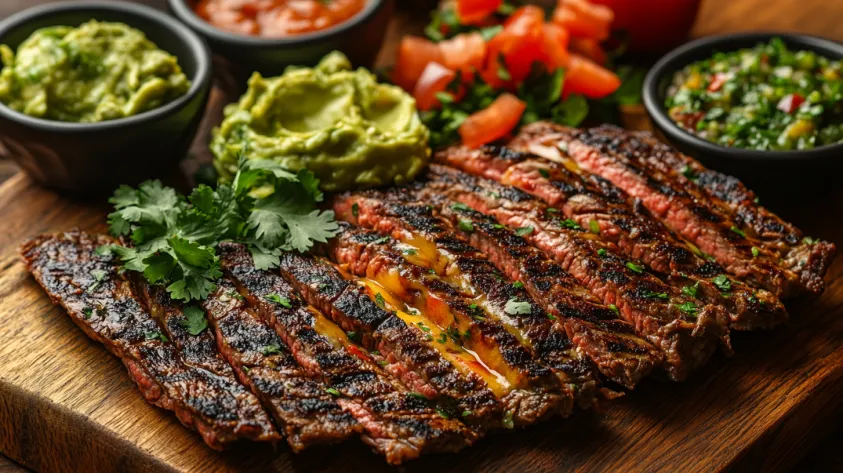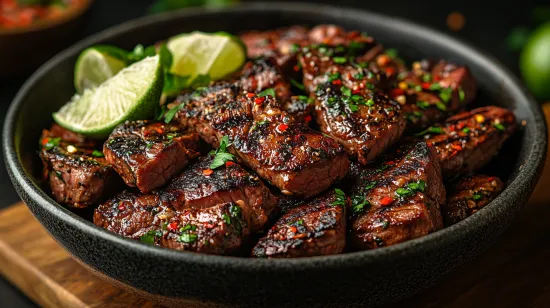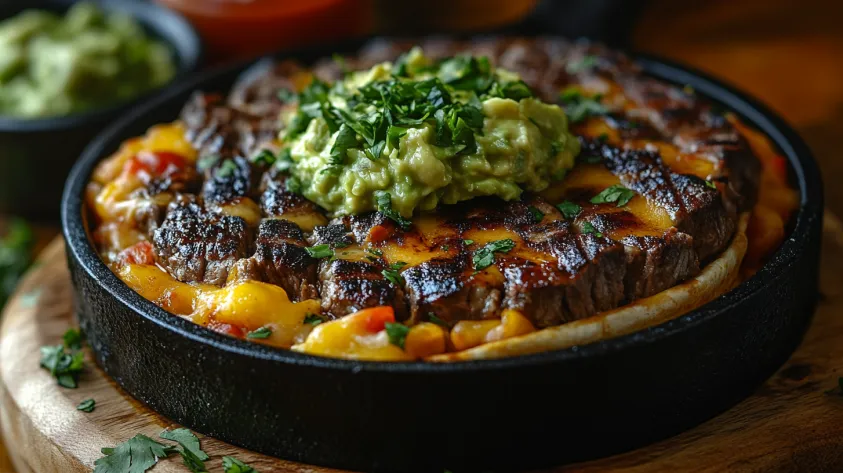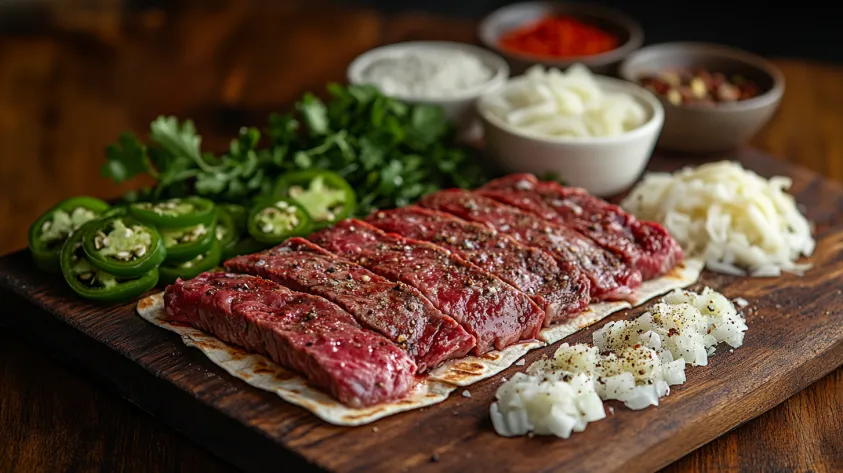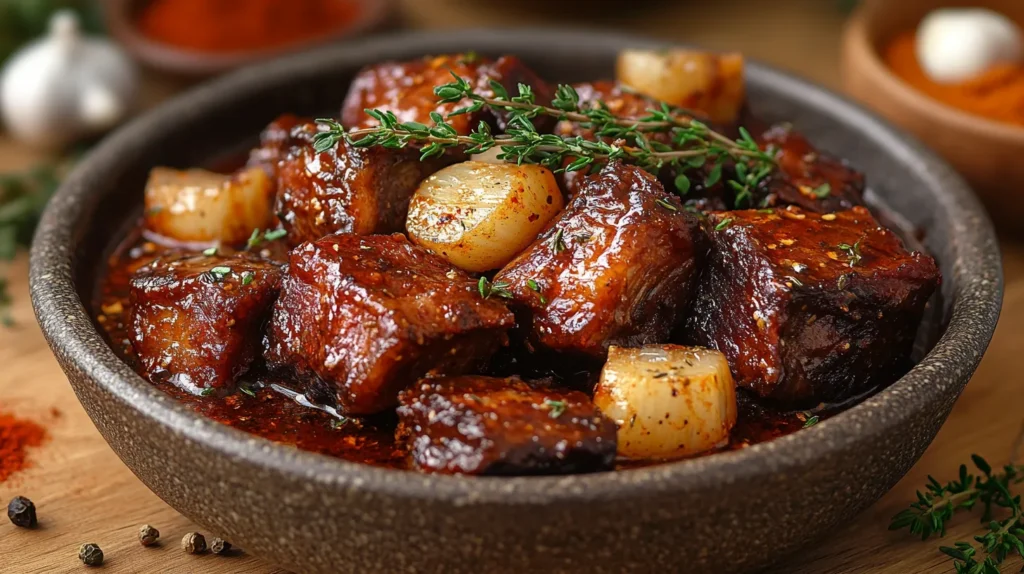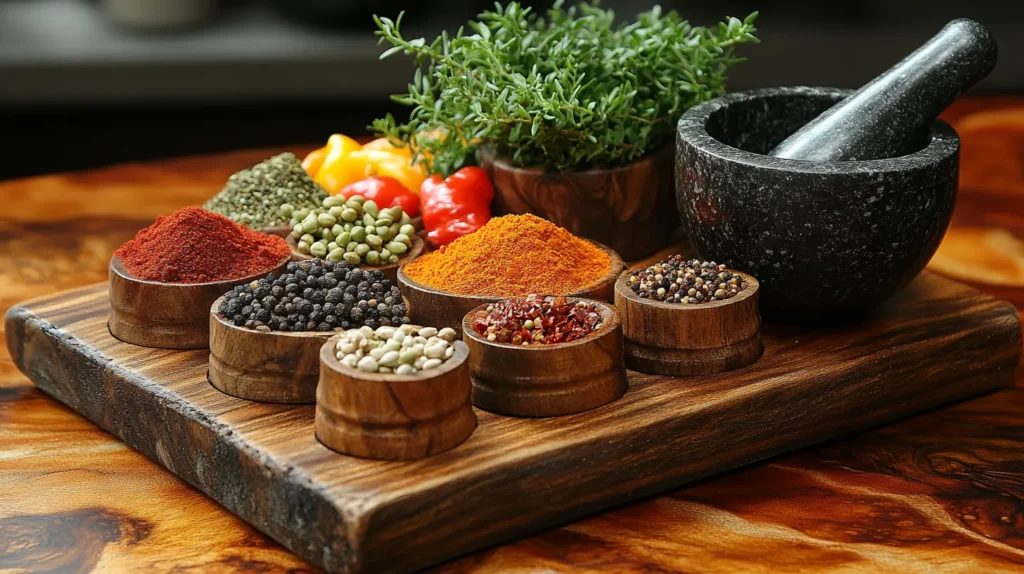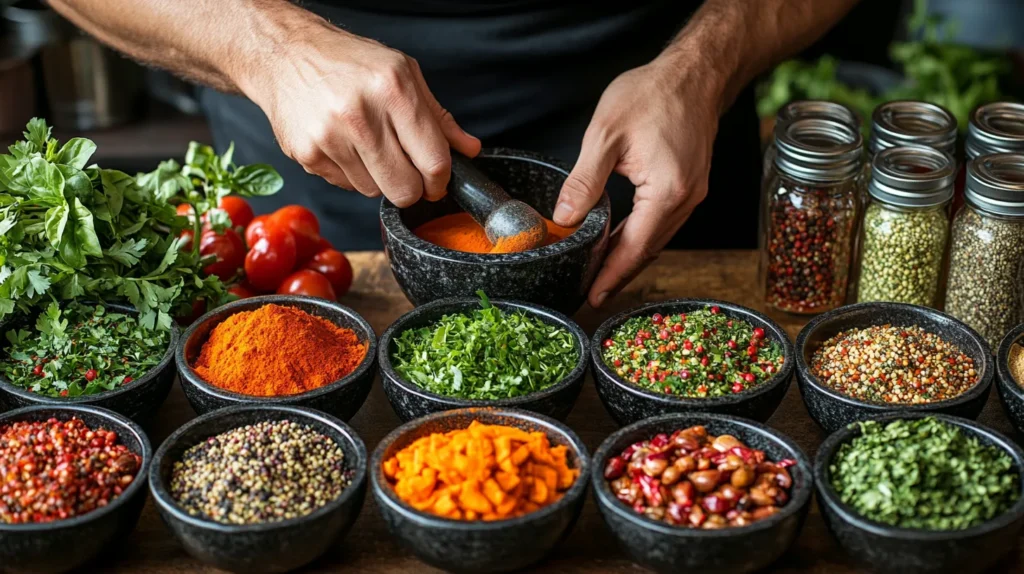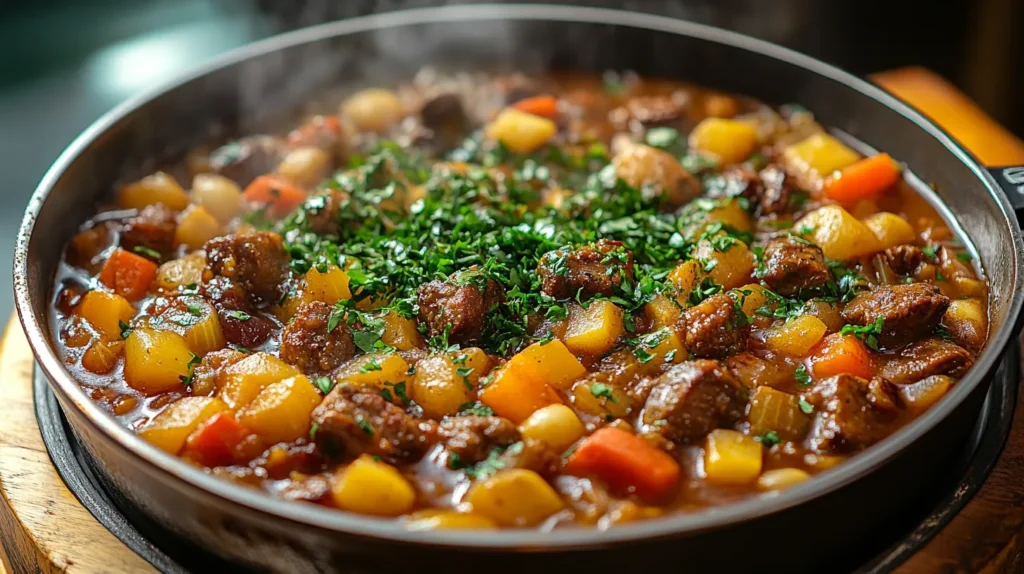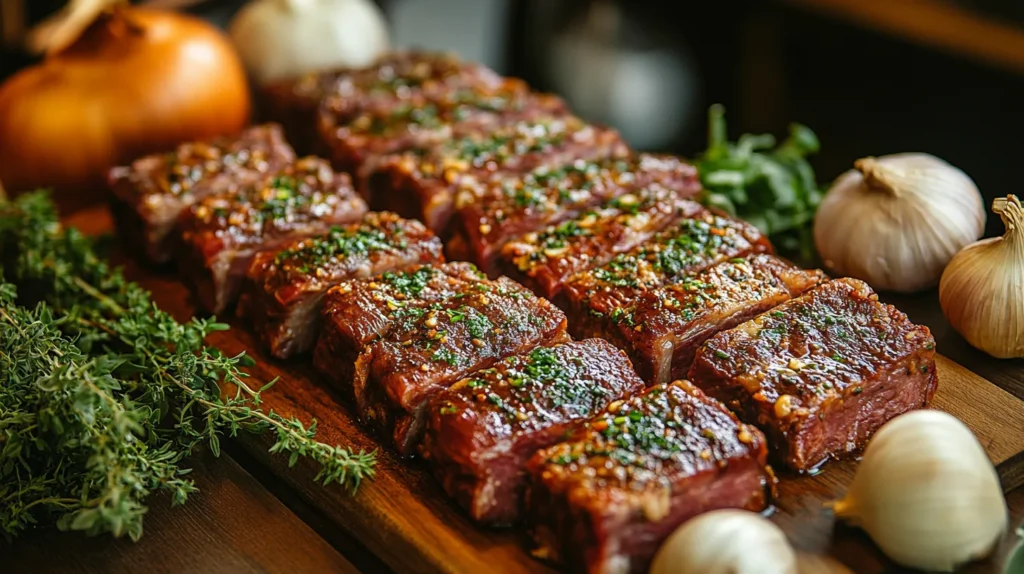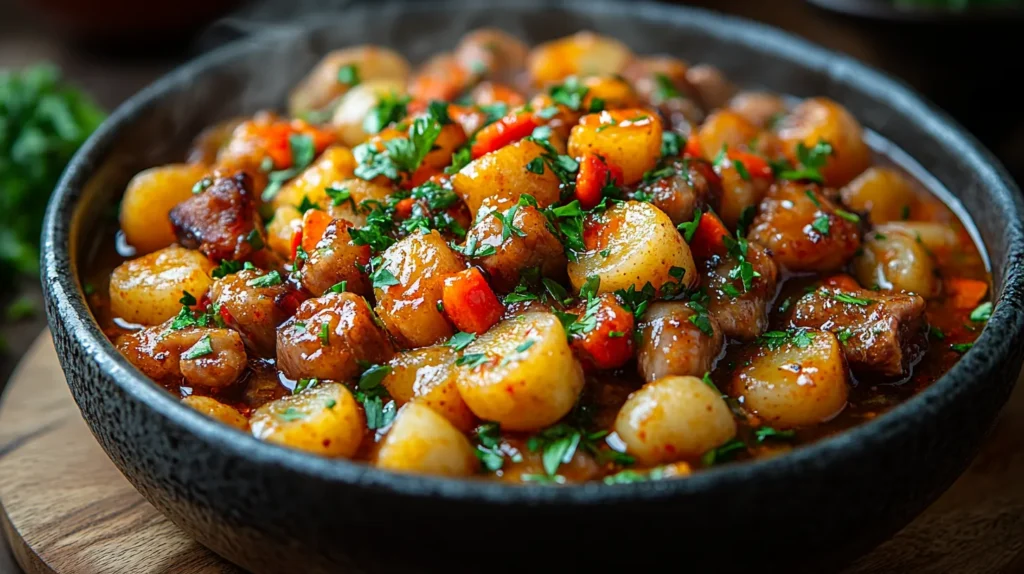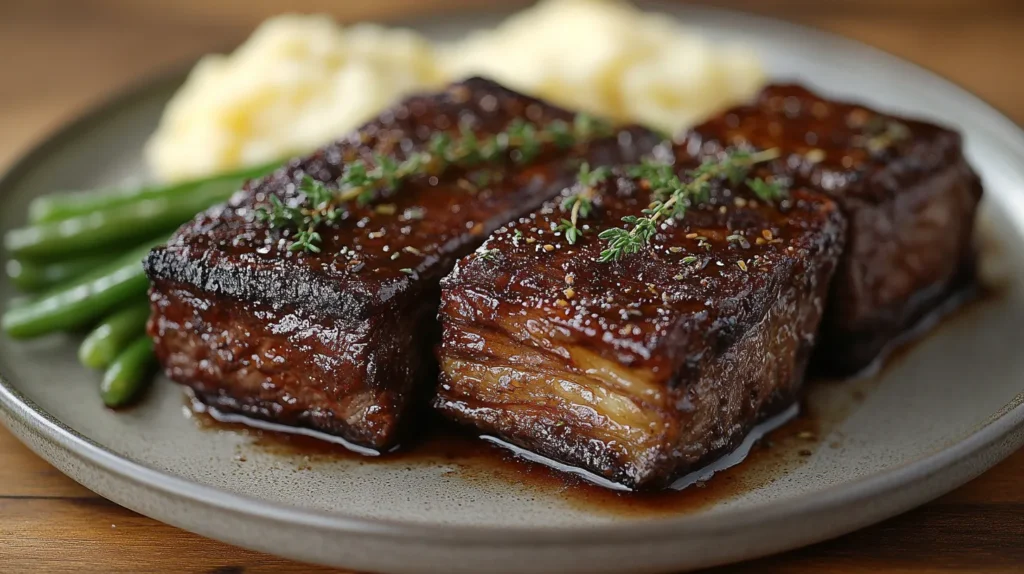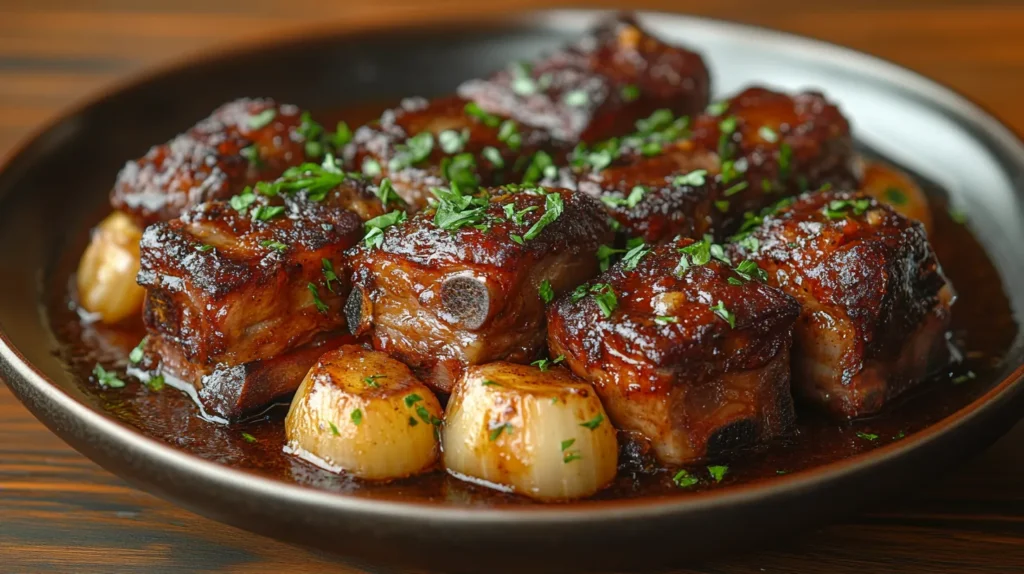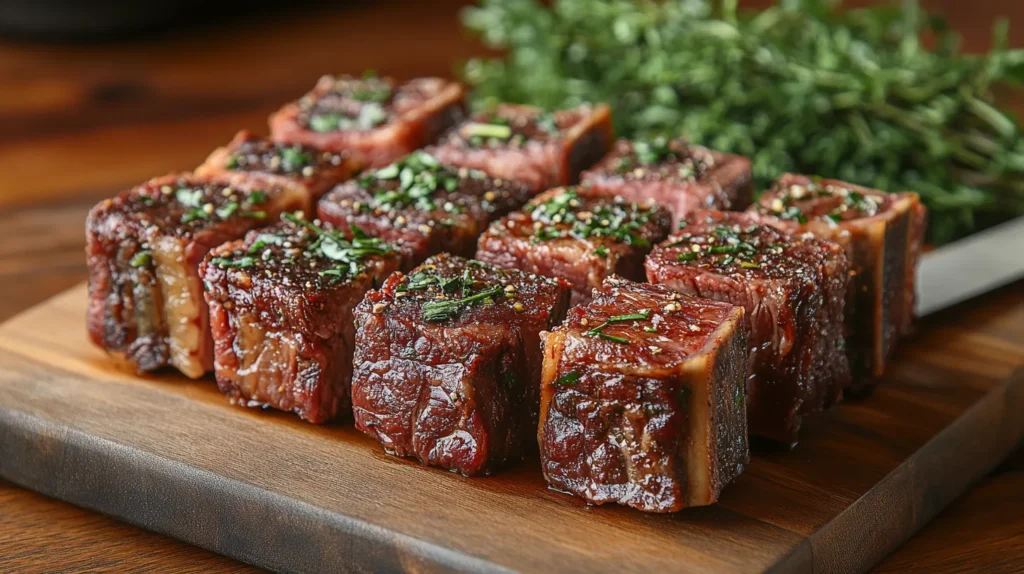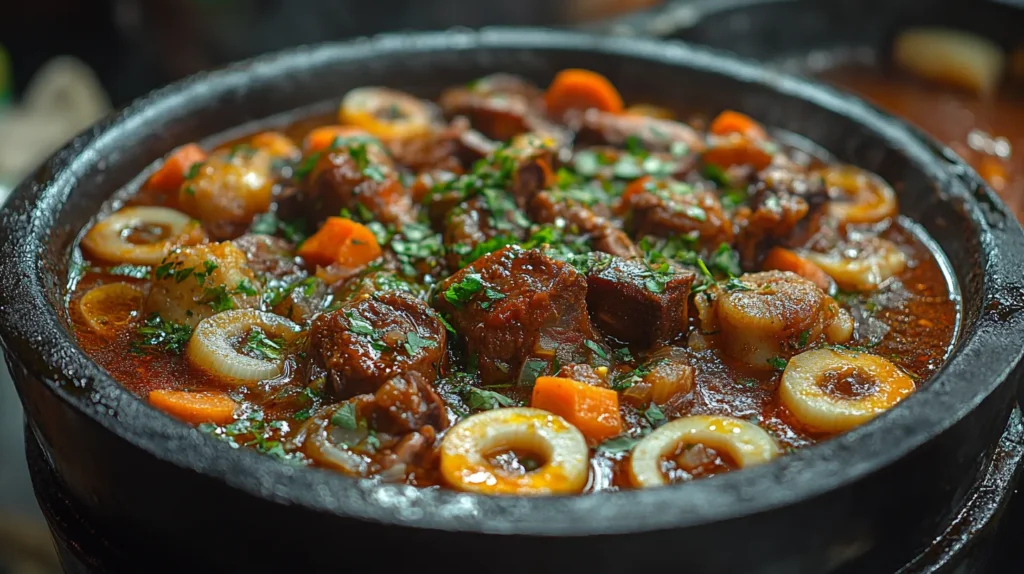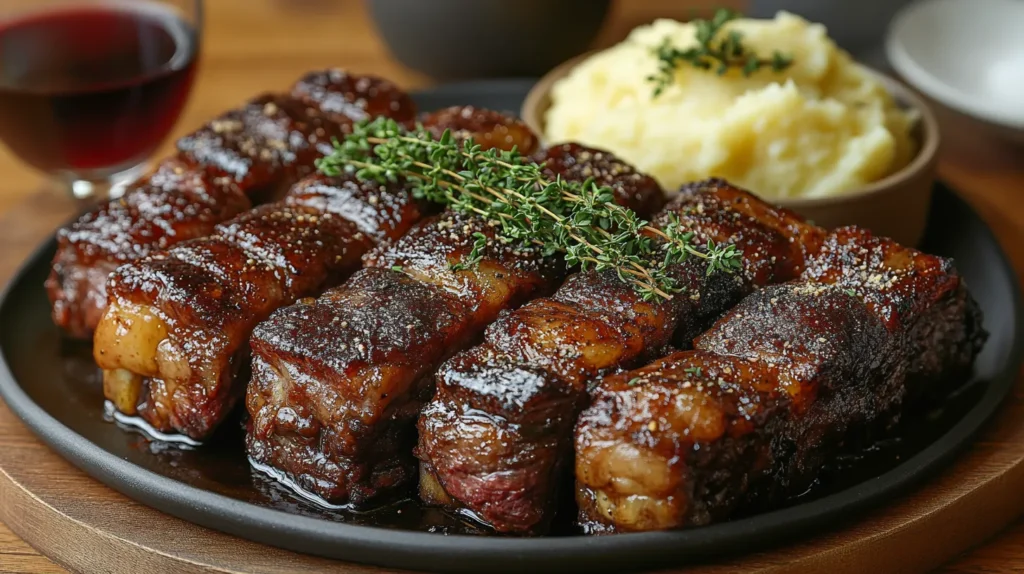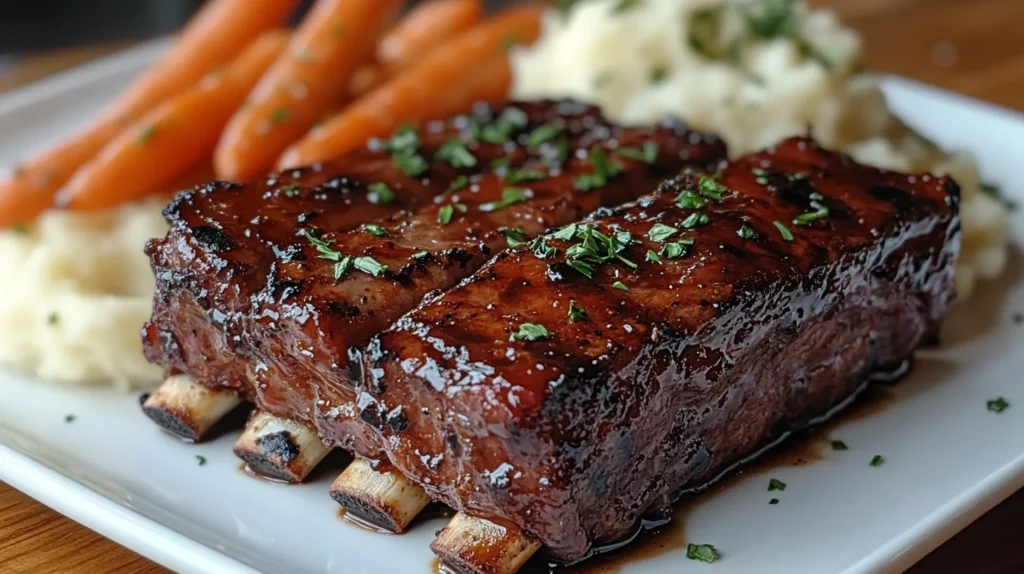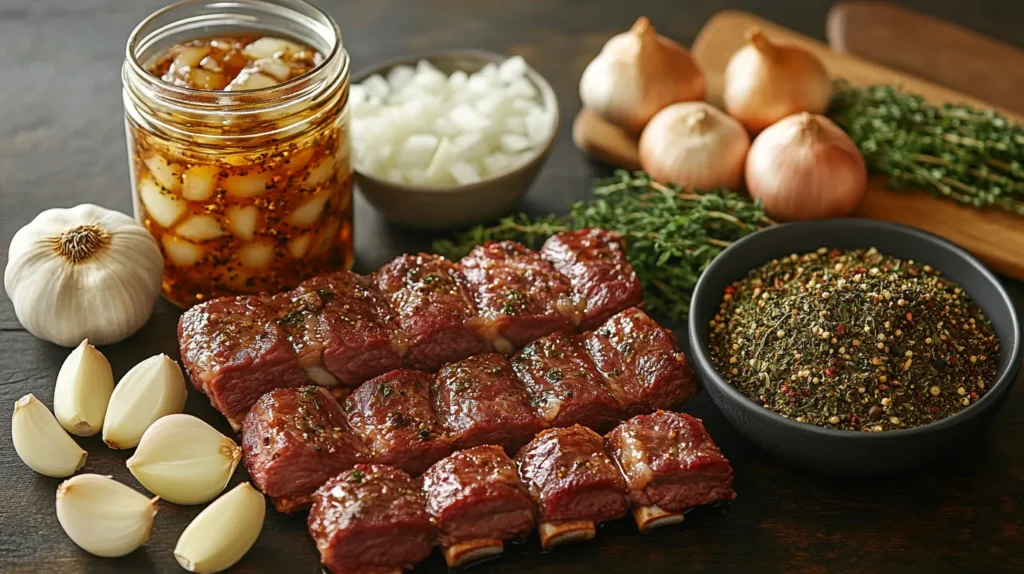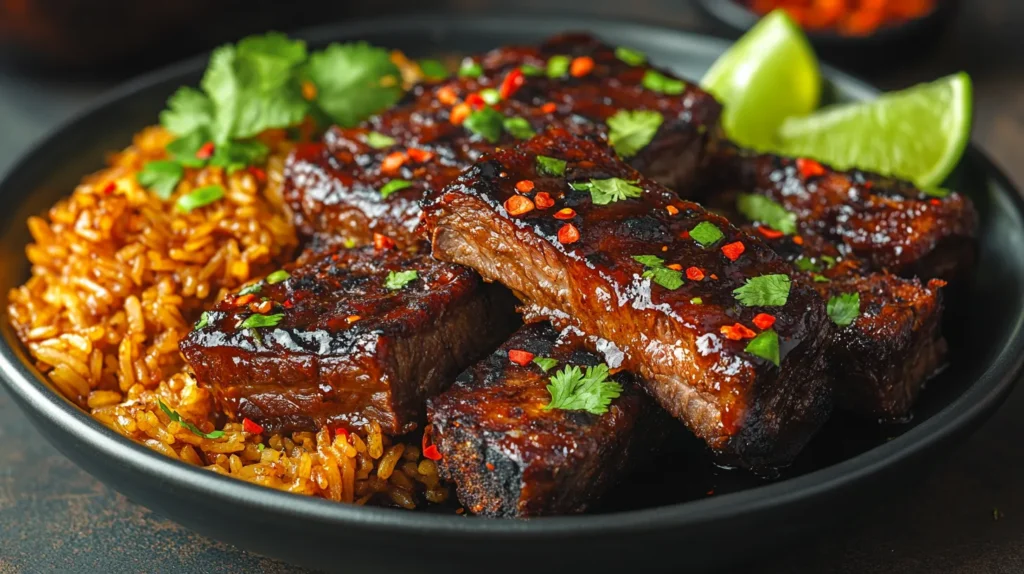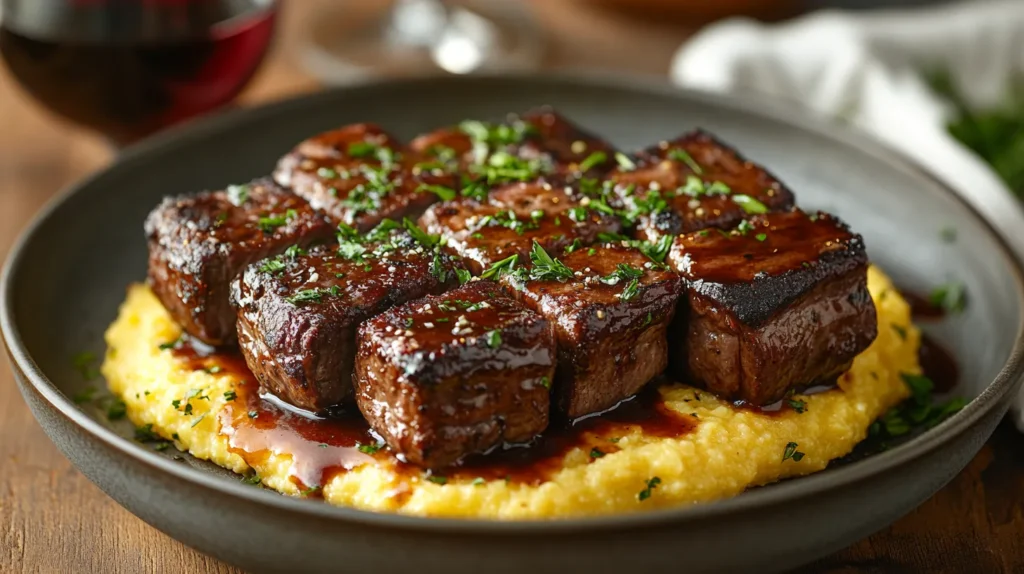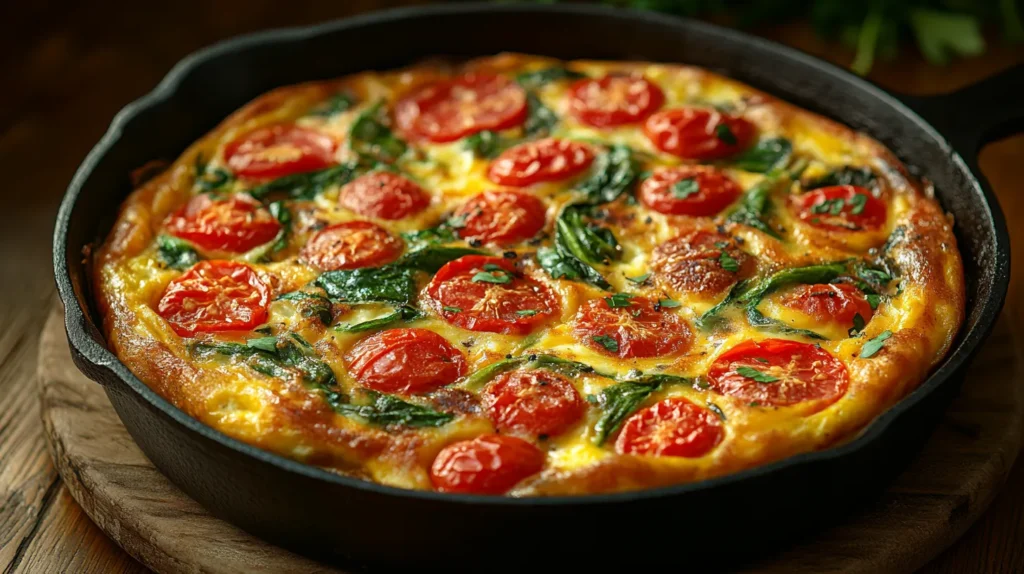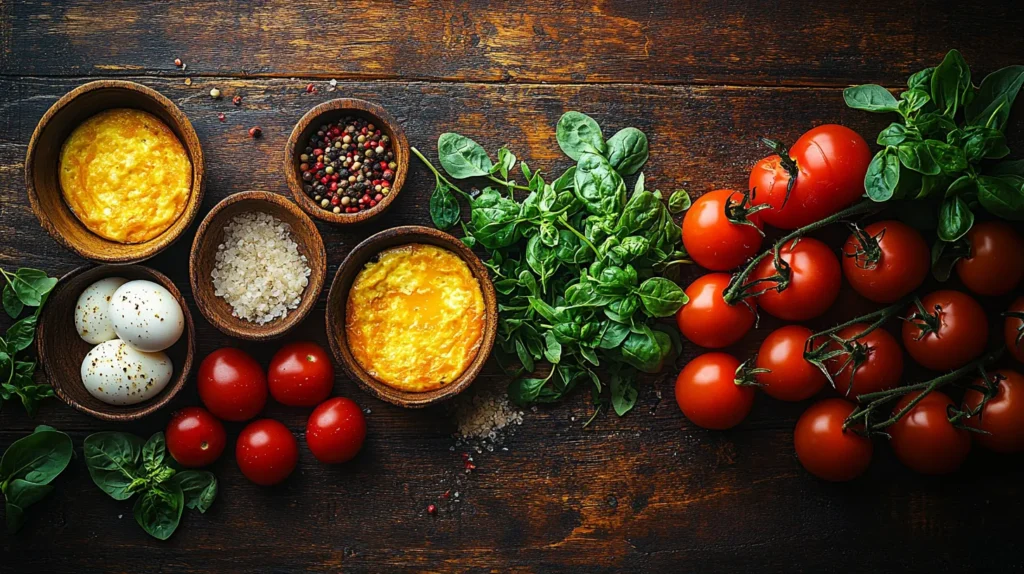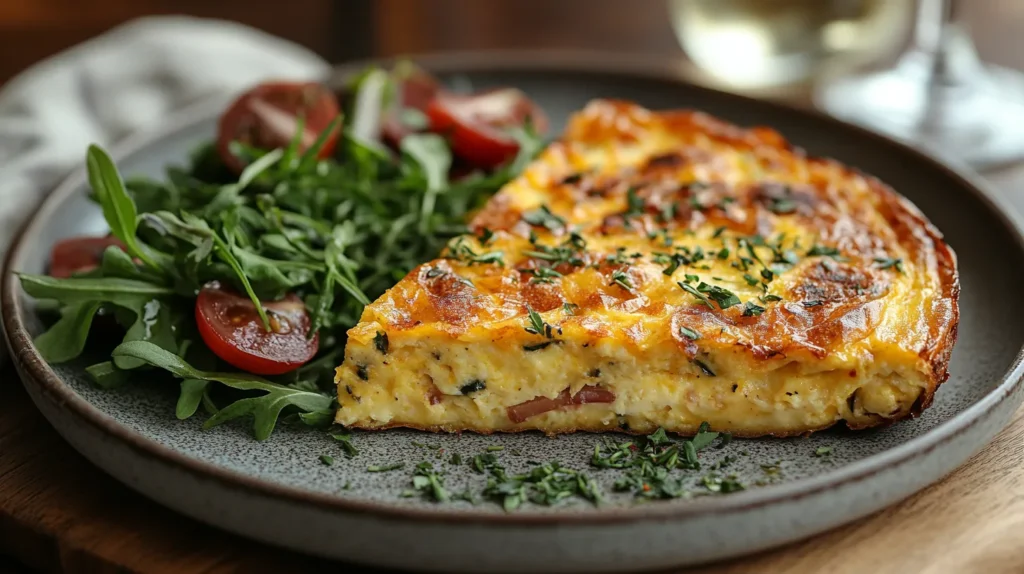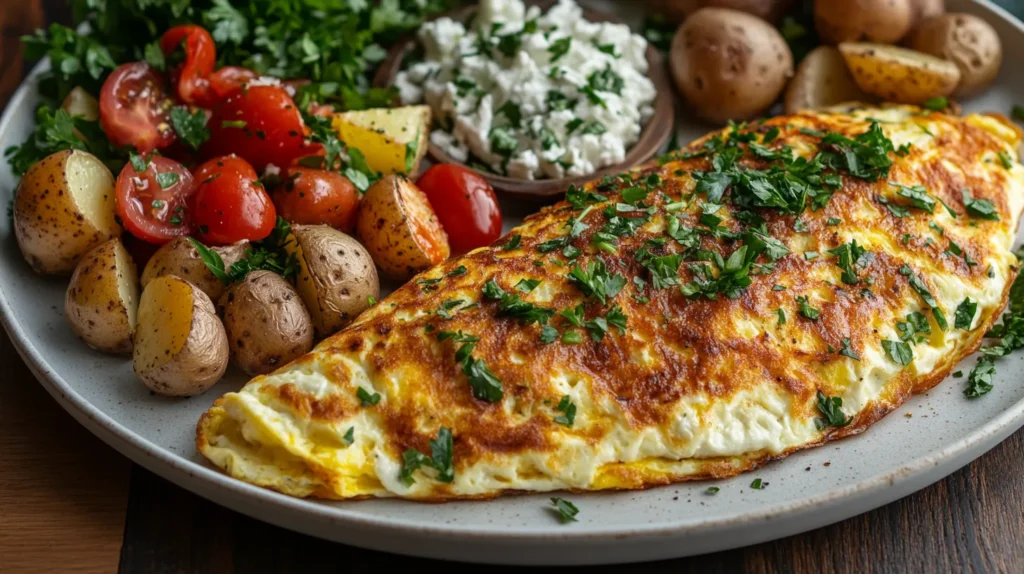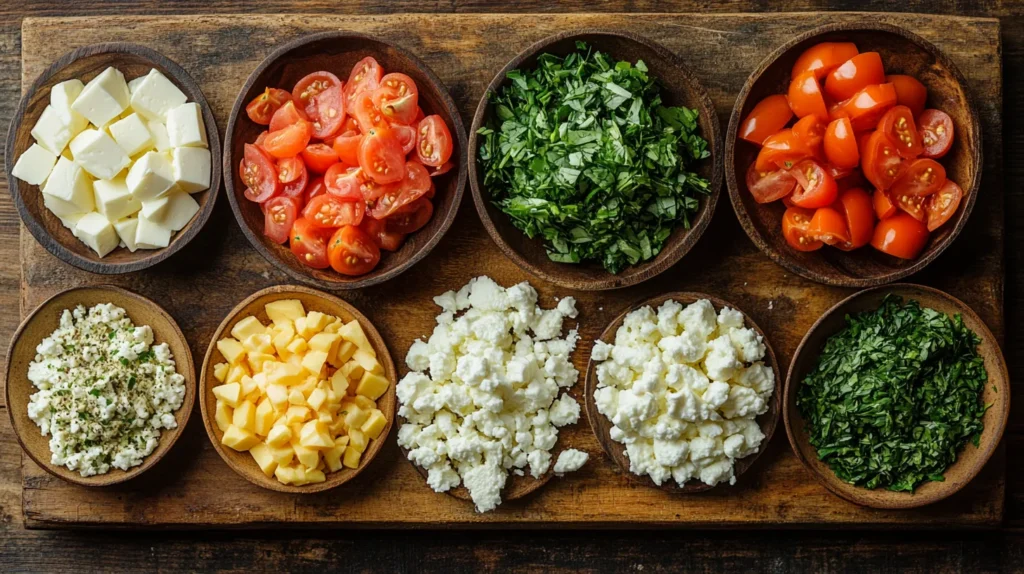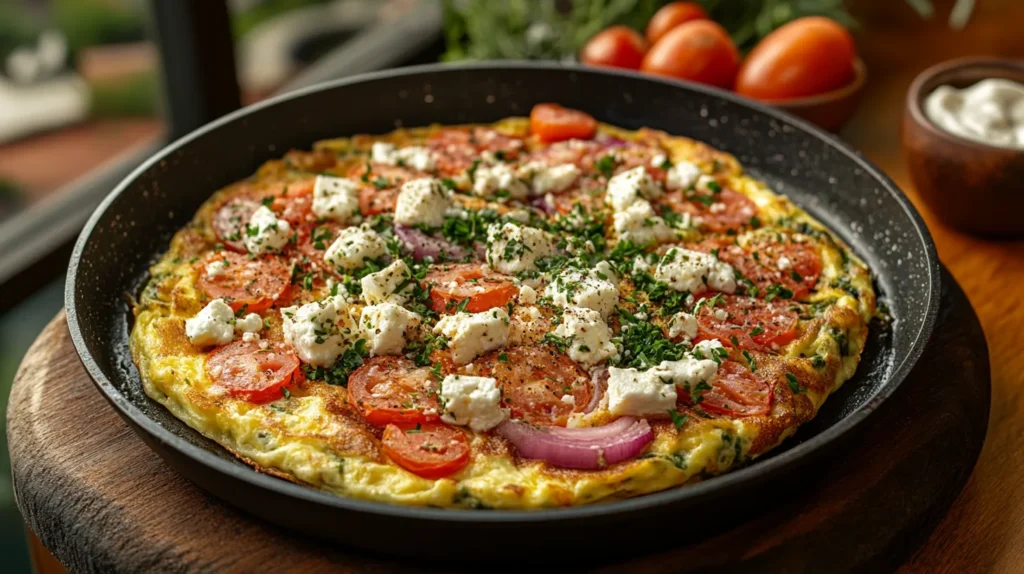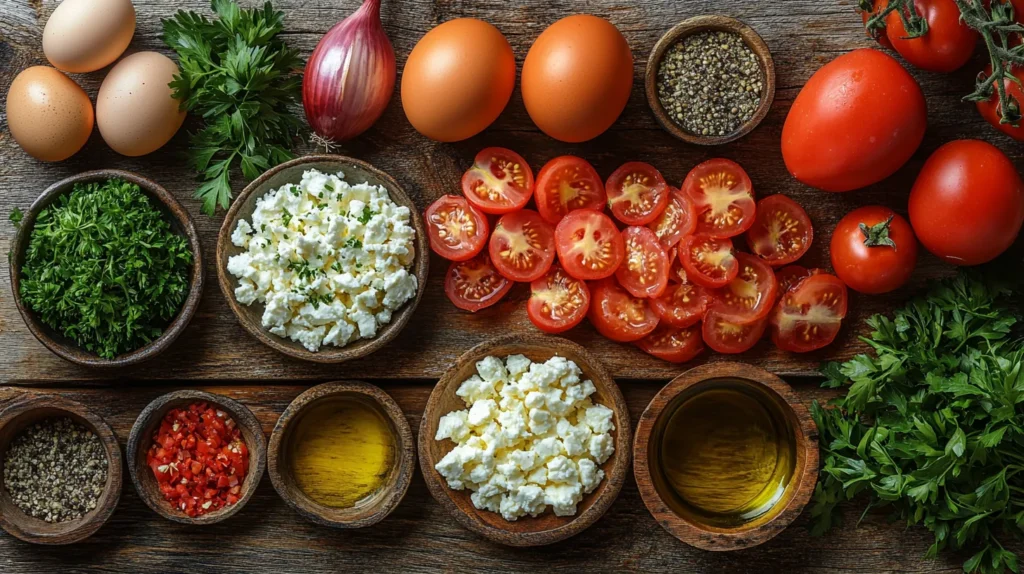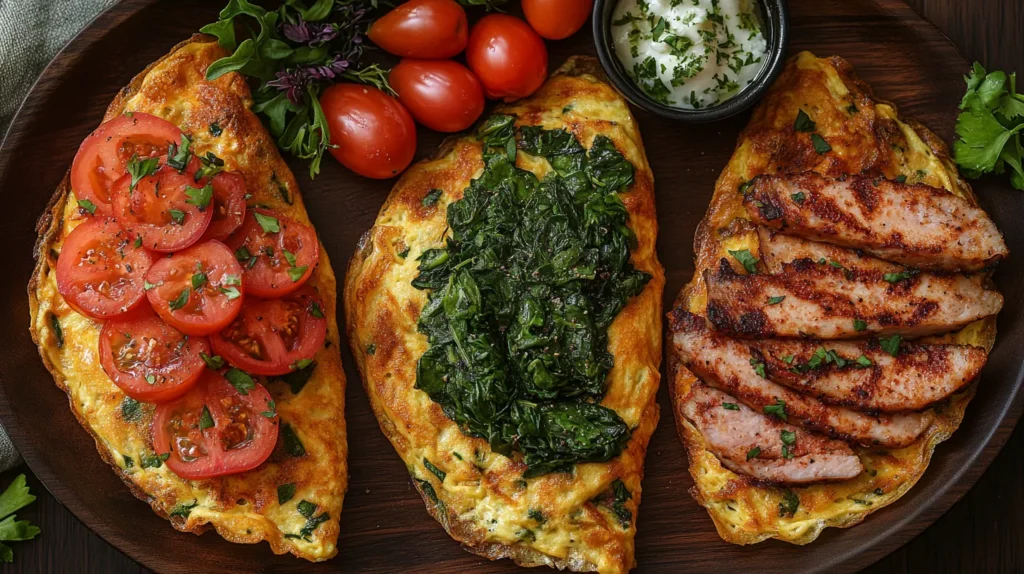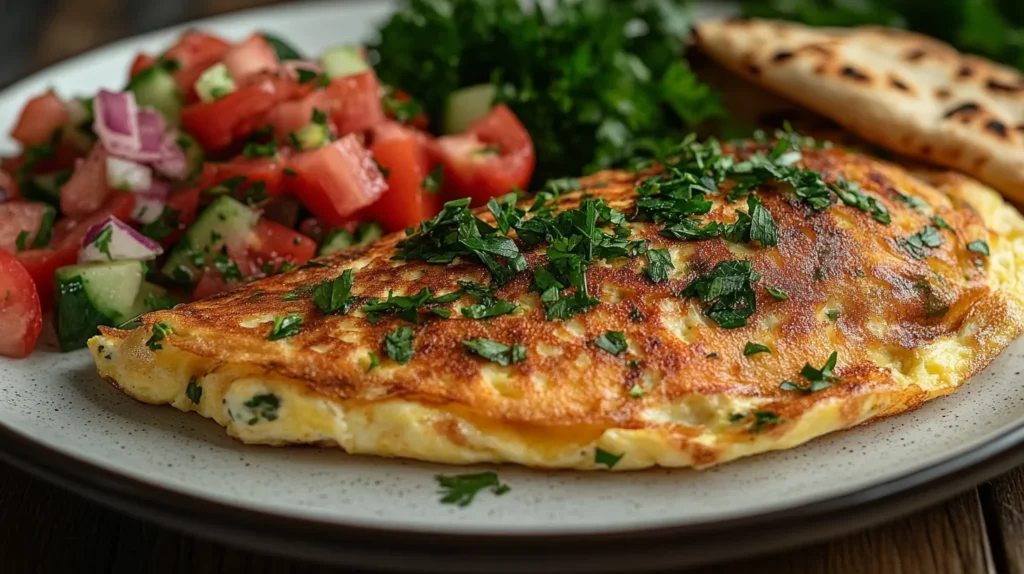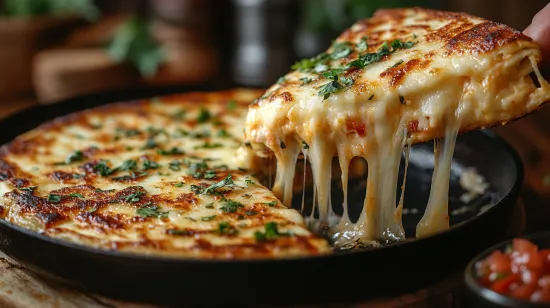
Quesadillas are a game-changer in the world of quick and delicious meals. Think about it—soft tortillas filled with gooey, melty cheese. Sounds perfect, right? But here’s the catch: not every cheese is created equal when it comes to making that satisfying stretch and creaminess. So, what really is the best melting cheese for quesadillas for quesadillas? Let’s dig in!
Introduction:
First, let’s start with the basics. best melting cheese for quesadillas are a Mexican classic made by grilling or frying a tortilla stuffed with cheese and often other fillings. The cheese, though, is the star of the show. Why? Because its melting properties can make or break your quesadilla game.
Quesadillas are all about the cheese, and choosing the best melting cheese for quesadillas can turn a good dish into a masterpiece.
What Makes a Cheese Ideal for Quesadillas?
A cheese fit for quesadillas needs two main things:
- Perfect melting: It should turn into that ooey-gooey texture we all crave.
- Flavor harmony: The taste shouldn’t overpower the tortilla or other ingredients—it should complement them.
Some cheeses melt like a dream, while others are stubborn and clump up instead of getting gooey. And let’s face it, no one wants to bite into a quesadilla and get a dry, grainy surprise.
The Importance of Melting Properties in Cheese 🧑🍳
The way a cheese melts depends on its moisture, fat content, and how it’s processed. High-moisture cheeses like mozzarella or Oaxaca are fantastic for creating that stretchy, Instagram-worthy pull. Meanwhile, aged cheeses like Parmesan might add flavor but don’t melt as well. So, if you want the perfect quesadilla, you’ve got to pick the right cheese. Let’s dive into the best options!
Top Cheeses for Quesadillas 🎉
When it comes to the best melting cheese for quesadillas, options like mozzarella and Monterey Jack shine due to their creamy, stretchy textures.
Mozzarella: A Classic Choice for Stretchy Melt
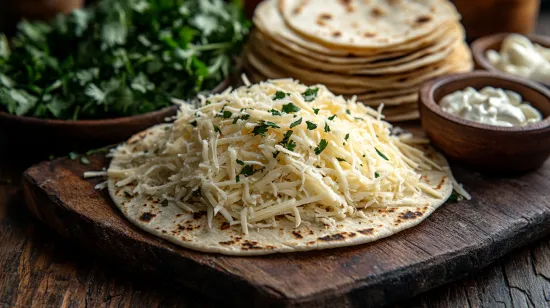
Mozzarella isn’t just for pizza! Its high moisture and mild flavor make it an excellent choice for quesadillas. If you’re someone who loves that satisfying cheese pull, mozzarella is your go-to. It’s like the superhero of melting cheeses—reliable and oh-so-stretchy.
“Mozzarella is like that dependable friend who always shows up when you need them—soft, stretchy, and comforting.”
Monterey Jack: The King of Creamy Texture 👑
Monterey Jack is practically made for quesadillas. It’s creamy, mild, and melts like butter on a warm tortilla. Plus, it has just enough richness to elevate your quesadilla without stealing the spotlight.
Oaxaca Cheese: An Authentic Mexican Favorite
If you’re after an authentic experience, Oaxaca cheese is the way to go. This Mexican cheese is similar to mozzarella but with a slightly saltier kick. It’s perfect for making traditional quesadillas that taste just like abuela used to make.
Cheddar: Balancing Flavor and Melting Ability
Cheddar brings a sharp, tangy flavor to the mix. While it doesn’t stretch as much as mozzarella, it melts beautifully and adds a rich depth of flavor. For the best results, opt for a mild or medium cheddar.
Pepper Jack: Adding a Spicy Kick 🌶️
Feeling adventurous? Pepper Jack cheese spices things up with bits of jalapeño and chili. It melts smoothly and adds a fiery twist to your quesadilla. If you like your food with a little heat, this one’s for you!
Stay tuned for Part 2, where we’ll dive into blending cheeses, common melting problems, and how to fix them! 🧀
Pair your cheese selections with the right protein by exploring What Kind of Steak is Good for Quesadillas?.
Blending Cheeses for Optimal Flavor and Texture 🧀✨
When blending cheeses, combining Monterey Jack and mozzarella creates the best melting cheese for quesadillas that balances flavor and texture.
Popular Cheese Combinations for Quesadillas 🎶
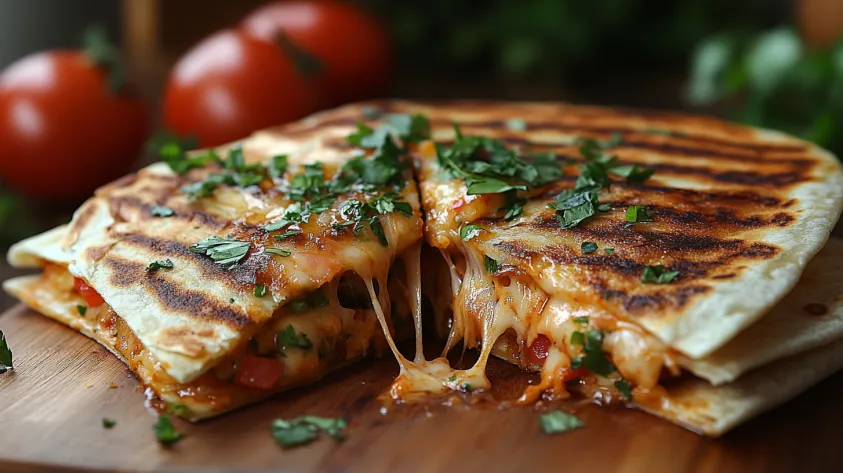
Here are some tried-and-true blends that elevate your quesadilla game:
- Mozzarella + Cheddar: This duo is perfect if you want the stretchy pull of mozzarella with the tangy flavor of cheddar.
- Monterey Jack + Pepper Jack: A creamy base with a spicy kick—ideal for those who love a little heat.
- Oaxaca + Queso Asadero: For an authentic Mexican vibe, this combo delivers traditional flavors with a silky melt.
“Blending cheeses is like mixing colors on a palette—each one adds its own touch, creating a masterpiece of flavor.”
Experimenting with Ratios and Proportions
Feel free to experiment! Start with a 50/50 ratio of your chosen cheeses and adjust based on your taste. Want more stretch? Add extra mozzarella. Prefer bold flavors? Dial up the cheddar or Pepper Jack. The beauty of blending is that there’s no wrong answer—just endless possibilities. 🎨
Common Problems with Melting Cheese in Quesadillas 🔧
To avoid cheese disasters, always select the best melting cheese for quesadillas, such as Oaxaca or Pepper Jack, for consistent results.
Cheese Not Melting Properly: Causes and Solutions
Sometimes, your cheese refuses to melt. It just sits there, sad and unmelted. Why does this happen?
Causes:
- Using low-moisture or aged cheeses (e.g., Parmesan, feta).
- Cooking at a heat that’s too low or too high.
Solutions:
- Opt for high-moisture cheeses like mozzarella, Oaxaca, or Monterey Jack.
- Cook your quesadilla over medium heat. Too high, and the cheese burns before melting; too low, and it never fully melts.
Preventing a Greasy or Oily Texture 🛠️
Ever bitten into a quesadilla and felt like you just drank a cup of oil? That’s not fun. Greasiness happens when you use high-fat cheeses or cook at improper temperatures.
Fixes:
- Combine a high-fat cheese (like cheddar) with a low-fat option (like mozzarella).
- Keep the heat steady and avoid overcooking.
“A perfect quesadilla is like a good relationship—it’s all about balance.”
Avoiding Cheese Leakage from the Tortilla 🚨
Nobody likes cheese leaking out and burning on the pan. It’s messy and robs you of your precious cheese!
Tips:
- Don’t overfill your quesadilla. Less is more when it comes to stuffing.
- Leave a small border of tortilla without cheese to act as a seal.
- Press gently with a spatula while cooking to keep everything contained.
Choosing the Right Cheese Based on Preferences 🧀❤️
The “best” cheese depends on what you’re craving. Here’s a quick guide to help you decide:
For Creamy and Mild: Monterey Jack and Mozzarella
If you’re all about that smooth, creamy texture without overpowering flavors, Monterey Jack and mozzarella are your dream team. They’re perfect for picky eaters and kids who like to keep things simple.
For Authenticity: Oaxaca and Queso Asadero 🇲🇽
Want your quesadilla to taste like it came straight from a Mexican kitchen? Stick with Oaxaca or Queso Asadero. They’re traditional, flavorful, and melt like a dream.
For Bold Flavor: Cheddar and Pepper Jack
Looking for a punch of flavor? Cheddar and Pepper Jack add personality to your quesadilla. They’re ideal for adventurous eaters who love rich, tangy, or spicy notes.
Get ready for Part 3, where we’ll explore creative cheese alternatives, pro tips for perfect quesadillas, and wrap it all up with a cheesy conclusion! 🌟
Alternatives to Traditional Cheese for Quesadillas 🧀✨
What if you’re dairy-free, vegan, or simply looking to try something different? Don’t worry—you can still enjoy melty, delicious quesadillas without traditional cheese. Here’s how!
Vegan Cheese Options for Melting 🌱
Vegan cheeses have come a long way, and many brands now offer fantastic melting options. Look for varieties made with coconut oil, cashews, or almonds—they mimic the creaminess of dairy-based cheeses.
Top Picks:
- Daiya Mozzarella-Style Shreds: Great stretch and neutral flavor.
- Violife Cheddar: Adds a bold, tangy taste.
- Miyoko’s Creamery Vegan Mozzarella: Perfect for that authentic cheesy pull.
Non-Dairy Alternatives for Dietary Restrictions
If vegan cheese isn’t your thing, you can also use:
- Nutritional Yeast: Sprinkle this for a cheesy flavor without the melt.
- Hummus or Cashew Cream: While not traditional, these add creaminess and richness.
“Going dairy-free doesn’t mean giving up on the cheesy goodness—you just have to get creative!”
Tips for Preparing the Perfect Quesadilla 👩🍳🌮
Making a quesadilla might seem simple, but there’s an art to getting it just right. Follow these tips, and you’ll be a quesadilla master in no time!
Selecting the Right Tortilla for Your Cheese
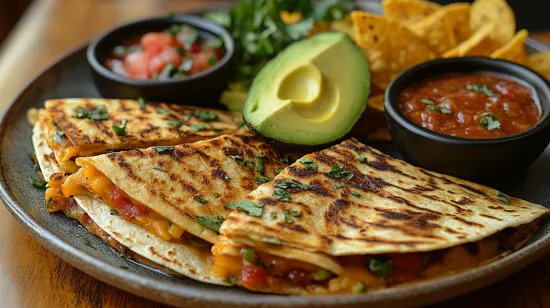
The tortilla is the foundation of your quesadilla. It needs to be sturdy enough to hold all that gooey cheese but flexible enough to fold or flip.
Pro Tips:
- Use flour tortillas for a softer, more pliable texture.
- If you prefer a crunchier quesadilla, go for corn tortillas, but handle with care—they’re more fragile.
Cooking Techniques for Even Melting 🔥
To get that perfect melt, the way you cook your quesadilla matters. Here’s a foolproof method:
- Preheat a non-stick skillet or griddle over medium heat.
- Add a tiny bit of butter or oil for extra flavor and to prevent sticking.
- Place your tortilla on the pan and add cheese (and other fillings, if desired).
- Fold it over or top with another tortilla.
- Cook for 2-3 minutes on each side, pressing gently with a spatula, until golden brown and the cheese is fully melted.
Bonus Tips for Extra Flavor
- Add herbs and spices: Sprinkle a little garlic powder, smoked paprika, or even a dash of cumin for extra flavor.
- Use flavored tortillas: Spinach or tomato tortillas can add a fun twist.
“Cooking a quesadilla is like creating a love letter to cheese—take your time, and let the magic happen.”
Conclusion: Finding Your Perfect Cheese Match 🧀✨
At the end of the day, the best melting cheese for quesadillas for quesadillas is the one that makes you happy. Whether you stick to classics like mozzarella or explore bold flavors with Pepper Jack, there’s no wrong choice. Experiment with blends, try new alternatives, and make your quesadillas your own.
Exploring Your Preferences Through Experimentation
Think of your kitchen as a lab and cheese as your experiment. Try mixing and matching, adjusting ratios, or even inventing your own signature blend.
In the end, the best melting cheese for quesadillas depends on your taste preferences—experiment with blends to find your perfect match.
Embracing Variety in Quesadilla Recipes 🌮❤️
Remember, quesadillas are endlessly versatile. They’re a blank canvas waiting for your creative touch. So, grab your favorite cheese, fire up the skillet, and let the cheesy goodness begin!
Looking to take your quesadilla game to the next level? Pair the perfect cheese with an equally stunning filling by exploring What Kind of Steak is Good for Quesadillas?.
“Life is too short for boring quesadillas. Find your cheese, and make it melt!” 🧀🔥



